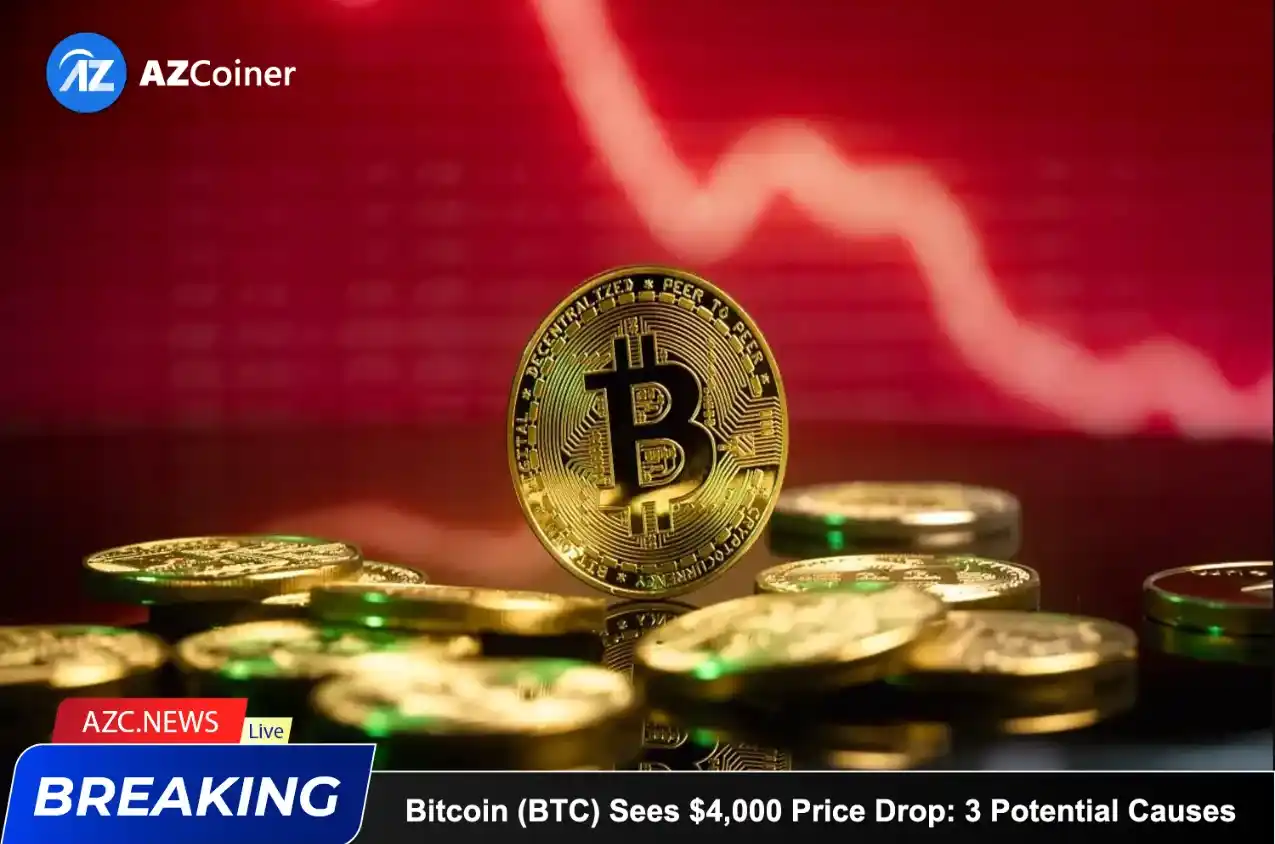Bitcoin experienced a sharp decline on January 3, following its impressive start to 2024. Bitcoin had kicked off the year impressively, surging over $3,000 in a single day and reaching its highest price since April 2022, nearly hitting $46,000. The rally came to an abrupt end yesterday, with moments of decline reaching up to 10%. Several factors may have contributed to this drop.
Firstly, rumors circulated about the SEC rejecting all ETF proposals.
The crypto community had been closely watching the SEC for months, speculating on the agency’s eventual approval of a Bitcoin ETF. Despite previous delays and rejections, the sentiment this time was different, primarily due to the involvement of financial giants like BlackRock, Fidelity, WisdomTree, and others.
Furthermore, experts speculated that the SEC might greenlight such a product, estimating it could bring trillions of dollars into the cryptocurrency market over the next few years. Predictions regarding a Bitcoin ETF had led to a significant price surge for BTC in late 2023 and early 2024.
However, reports emerging today suggest that the SEC may indeed reject all current applications, along with lacking necessary guidance on how ETFs should avoid market manipulation. Given the significance of such a decision, if it materializes, it’s unsurprising that speculations about upcoming rejections have triggered a sharp decline in BTC prices.
Nevertheless, Bloomberg’s leading ETF expert has dismissed these rumors, stating that they have not seen any indications of such developments.
Secondly, there are rumors circulating about miners selling off their holdings.
Miners arguably constitute the heart and soul of the world’s largest blockchain, as they contribute to the mining of new BTC, validate transactions, and ensure the network’s security.
In recent times, the Bitcoin hash rate has surged, leading miners to feel the negative consequences, especially as block rewards are set to decrease in the coming months after the fourth halving. To cover expenses and secure profits, mining companies often capitalize on price increases by selling a portion of the Bitcoin they hold. Large mining firms have sent a substantial amount of BTC to exchanges, especially when the price reached $46,000, triggering a selling spree.
Thirdly, excessive hype and greed are contributing factors.
Despite being in existence for 15 years, Bitcoin exhibits relatively high volatility. Unlike traditional financial markets, Bitcoin operates 24/7, including holidays, attracting speculators and those seeking quick profits, leading to the potential for significant price fluctuations.
Generally, Bitcoin tends to undergo corrections of two-digit percentages over a few weeks before entering an impressive rally. However, this pattern has not materialized in the recent upward trend of late 2023. There were warning signs yesterday as BTC surged to nearly $46,000. The Relative Strength Index (RSI) on the 4-hour chart indicated caution as it entered the overbought territory.
Related: Bitcoin Plunges to $40K, Registers 10% Drop in Minutes
Moreover, the Fear and Greed Index surged above 70, signaling that investors had become overly greedy. As Warren Buffett famously said, “Be fearful when others are greedy.” A sharp downturn often follows such market sentiment.









